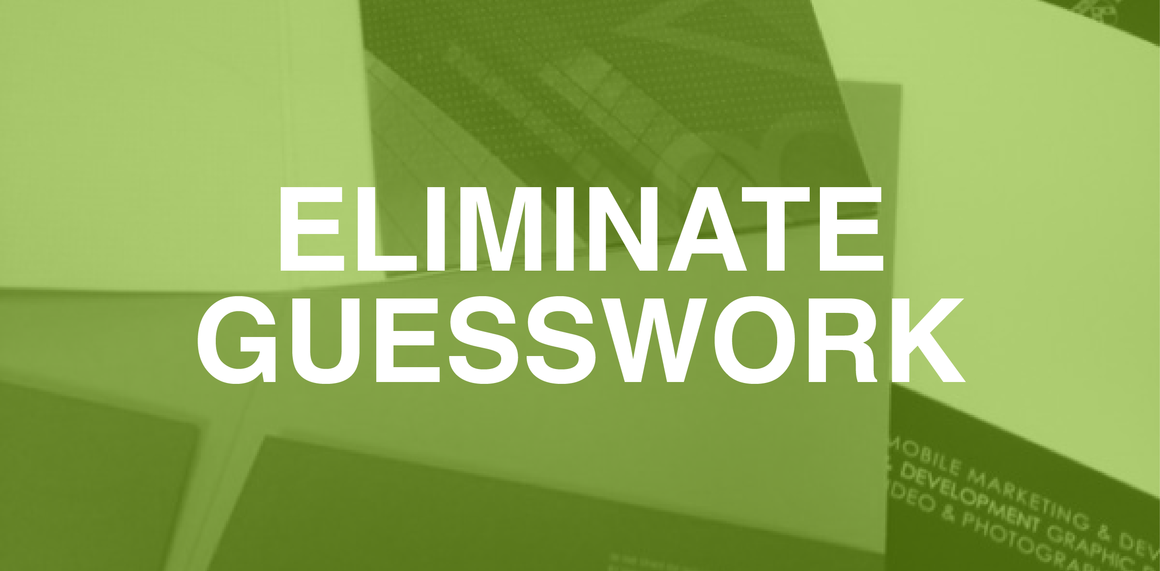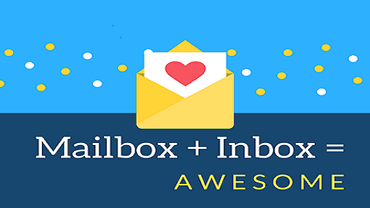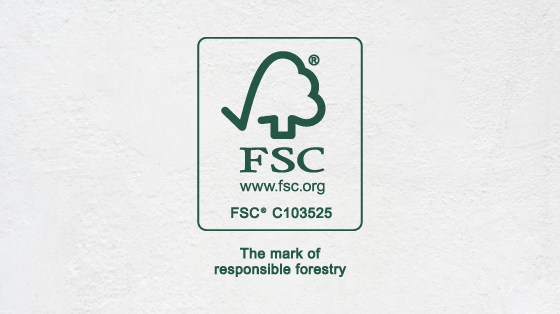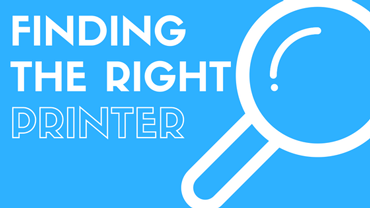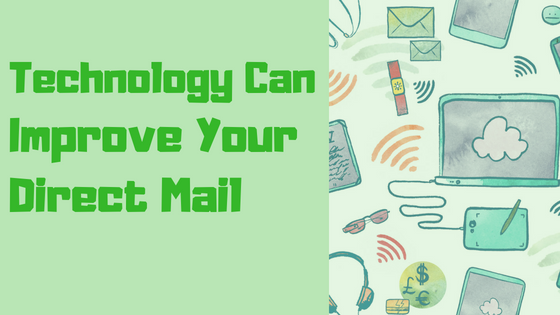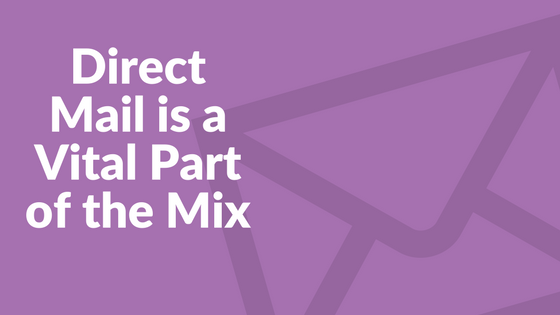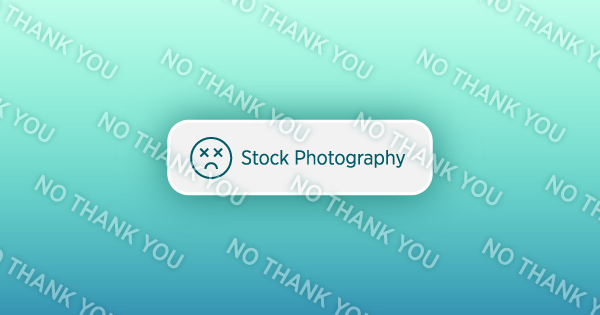So, you’re looking for commercial printers? Has it been a while since you printed something because you’ve been focused on your social media or search marketing? Are you looking because the relationship with your current printer is a little shaky?
No matter the reason, finding the right commercial printers can be a time-consuming task. First, you have to locate ones in your area. Then, you have to research those that look promising. Finally, you have to reach out to a few to get estimates to see if their pricing seems right. When you finally decide to work with one, you hope the relationship goes well so you don’t have to search again anytime soon.
If you evaluate commercial printers on five key attributes—capabilities, reputation, interest, “the basics” and respect—you’ll be sure to find the right one.
Capabilities
Early in your search, you have a simple question to answer: do the commercial printers you’re finding have the capabilities you need? If you need a sign printed, do they offer large-format printing? If your brochure needs to mail, do they have in-house mailing services?
A printer’s website should provide the information you need to understand their capabilities. If you’re still unsure about what they can do after looking online, call and ask. They’ll be happy to discuss your project and how they can help.
Reputation
The next question in your search is a harder one to answer: what kind of company are they? Do they have a good reputation? Are they honest? Do they provide a good customer experience? Although these are tough to answer, getting firsthand information about the printers you’re considering could be the most important thing you do.
You can look in companies’ marketing materials for signs about what type of business they are:
- Do they have long-standing customers?
- Do they have well-known or prominent customers?
- Do they share testimonials or customer feedback?
- Do they have reviews available online?
You can also try to uncover their reputation by using your professional network. Have any of your contacts heard of the company? Do they know someone who has? Is the printer engaged in any of the professional associations, groups or events you’re familiar with?
Interest
As you narrow your search to a few options, you’ll need to contact them to discuss your project. These discussions provide a perfect opportunity to determine if a commercial printer will be an innovative partner for you.
Do they ask questions to better understand your project, or do they just take the “order”? Do they try to learn more about your company? If your project is complex, do they offer suggestions to improve the cost, turnaround time or quality?
They should be curious about you, your project and your goals. The more a printer understands, the better their estimate and proposed solution can be. Having a thorough understanding helps a printer deliver on another key measurement in your evaluation: fair price.
The Basics
As you discuss your project with a commercial printer, you’ll have the chance to learn how they score on the basics—speed, quality and price.
When it comes to timing, what kind of turnaround are they estimating? Do their timelines seem reasonable? If you were able to get feedback from colleagues familiar with them, can you confirm that they meet their deadlines?
The primary way to evaluate quality is reviewing samples. How do their samples look? How were the samples sent to you? Do they seem to be recent projects, or do you get a sense they’re from ages ago?
If you have the time, another way to evaluate quality is to visit a commercial printer’s facility. Is the place clean and organized? Do the presses and equipment look well maintained? If a printer puts in the time to take care of their facility, you can be sure they’ll put in the time to take care of your project.
As far as price, it’s common to want to do things as inexpensively as possible. But as the old saw goes, sometimes you get what you pay for—so beware the low bidder.
You should get price quotes from a few printers and compare prices. Look for anomalies, like prices that are a lot less or a lot more than the others. Ignore those and focus on the middle. One side note—if you really like a printer but their estimate comes in low or too high, reach out to them to make sure they had the specs correct. Even the best printers can misinterpret specs sometimes. If you feel a printer is providing you a fair price and fair value, they should remain an option in your search.
Respect
By this point you should feel comfortable with the capabilities, reputation, service and cost of the remaining printer (or printers). The final factor in making your choice is respect. Has the printer treated you with respect? Have they been courteous and attentive? Have you felt good dealing with them? Put simply, have they made you feel like they want your business? If it feels like they do, you’ve found your partner.



